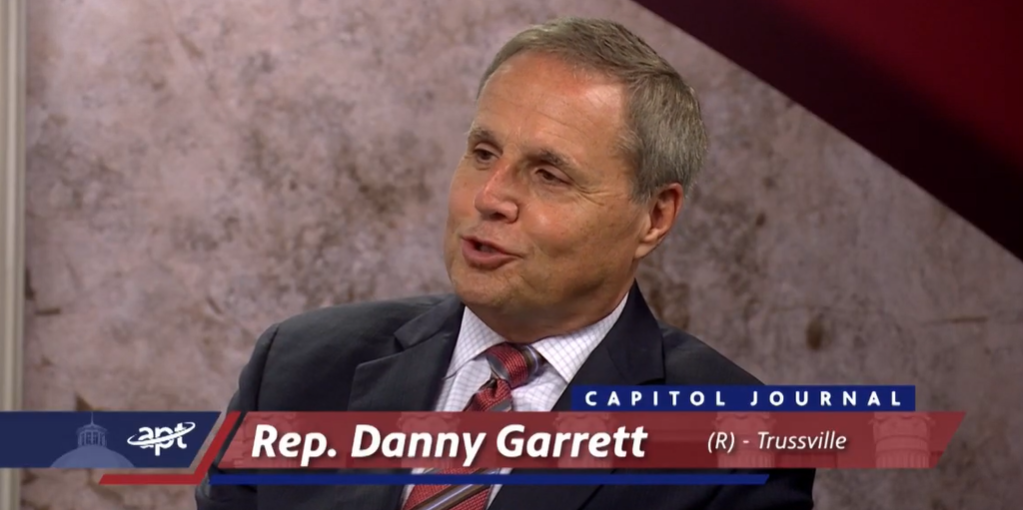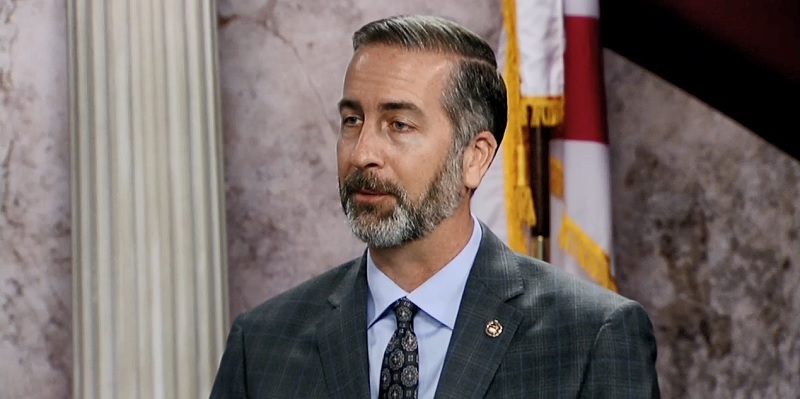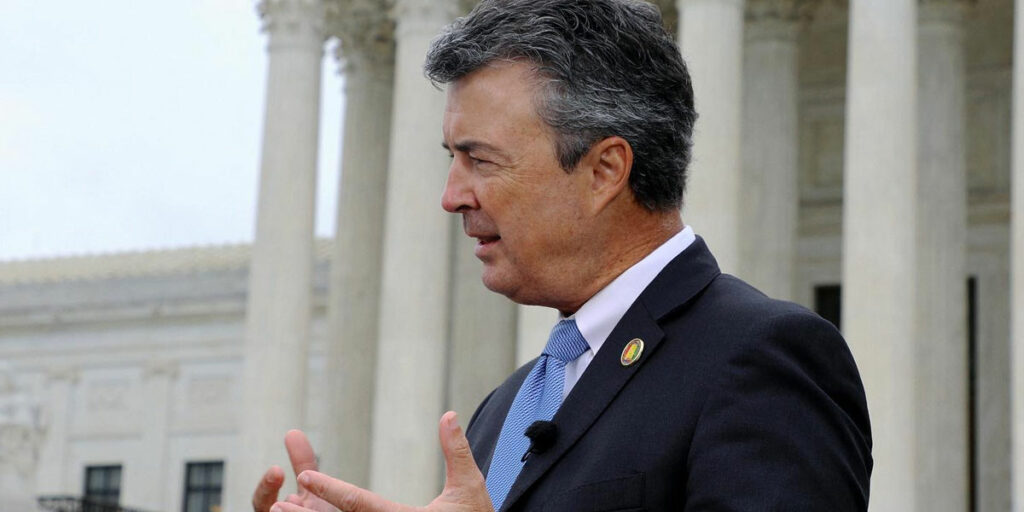Chairman of the Alabama House Education Trust Fund Committee, State Rep. Danny Garrett joined Capitol Journal last Friday to discuss the state’s educational trust fund budget and its continued increase.
Garrett said the Alabama Education Trust Fund for FY2025, as passed by the Alabama House, is the largest ever, marking the sixth consecutive year the budget has been expanded.
“It’s $9.3 billion,” Garrett (R-Trussville) said. “We allocated a billion dollars in advancement technology funds on top of that. And then we appropriated another $651 million on top of that, and supplemental appropriation, so ultimately, altogether, it’s a big number.”
Garrett said that the overall budgeting process has now been altered to limit budget growth in the coming years.
“We have we added a secondary cap last year that limits the budget growth. So we have a calculation now that says that we can spend based upon revenue that we receive receipts, but now we have a cap that just limits the budget growth increment per year. Last year, the budget could grow 6.5%, this year it could only grow 6.25%. Next year, it can grow only 6%. So that steps down to 5.75%.”
“At the end of the day when all of this is done and this budget is passed we will have in the rolling reserve account $794 million, $1.5 billion dollars in the investment Technology Fund, $1 billion in the education savings account fund, and then we’ll have in the rainy day account that we can access with borrowing another $647 million,” stated Garrett.
“We’ve responsibly grown the budget. We’re able to sustain it and we’re in a good spot with respect to reserves.”
“The way we allocate funding today is pretty much on headcount. So you take the pot of education money we have available and you allocate it or distribute to the systems based on the heads they have, and it’s really not the heads of the day it’s what they had two years ago.”
Garrett also noted that recent school choice initiatives enacted are currently not funded through the education budget.
“We just adopted school choice and we did not hit this education budget,” said Garrett. “We are allowing for the funding for that which begins in a couple of years through a different different mechanism of supplemental appropriation. But eventually if the school choice programs grow we’ll need to recognize that and understand that.”
RELATED: Alabama House passes education budget package, including 2% pay raise
He said that he believes that Alabama is behind other states in its approach to funding education.
“Right now we fund basically upon headcount, we don’t take into account specific needs of the systems and there has been a lot of change in the last 30 years since we adopted that formula.”
“Whatever we have available and you allocated are distributed to the systems based on the heads they have. And it’s really not the heads they have today,” said Garrett. “It’s what they had two years ago, 20 days after Labor Day is sort of a snapshot in time.”
According to Garrett, most states now look at each district and system, scoring them based on their individual needs.
“If you have a district that has a high percentage of special needs students, or high percentage of ESL students, or you’re in a high poverty area, you have transportation issues, a variety of different things. The state doesn’t fund any of that right now because pretty much we take the money and divide it by headcount.”
Chairman Garrett said currently schools do not have much flexibility in choosing what their funding will go towards.
“Ultimately, though, if you address the education model we’re talking about, you would you would score systems and fund appropriately. You would also not necessarily line item fund everything. For example right now, we only give you a system money but we say you have to spend this amount on transportation on buses or this amount on eggs.”
“This would give within parameters the ability for systems to take the money they need based upon their way they score, and then use have some discretion as to putting that where they need to go,” Garret articulated.
“For example the supplemental budget this year, the governor had targeted $100 million for School Safety, and we removed that earmark but we increased the A and T money by over $300 million dollars, because some systems don’t need to take that money and spend it directly on security. They have maybe they’ve had their needs met, other systems need that. So rather than just tell the system here’s money, you have to spend it this way. You give some flexibility.”
Garrett said changing the funding process is, and will, be complicated.
“It’s a complicated process. It’s kind of a lot of work to do. But there are certainly support for it among many constituents, many education groups. Again, we’re one of six states who have not jumped on that train. We’re looking to maybe really seriously study that and hopefully come up with something in the near future, but that will require some funding to transition to something like that.”
Austen Shipley is a staff writer for Yellowhammer News.













